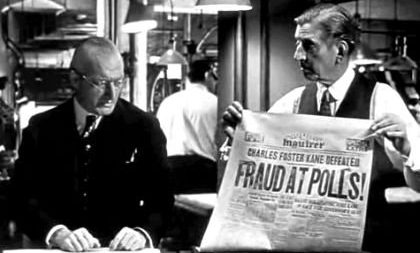
A major study of Vermont’s entire tax system, two years in the making, had its debut Friday morning before the House Ways & Means Committee. The panel recommended wide-ranging reforms, each of which would be a very heavy political lift. These include shifting education funding from property tax to income tax, eliminating virtually all exclusions from the state sales tax (which would mean a lowering of the tax rate), imposing an annual registration fee on electric vehicles to replace lost gas-tax revenue in the coming transition to electric transportation, and replacement of the Telephone Personal Property Tax with a comprehensive levy on all telecommunications.
The Tax Structure Commission’s report was labeled a “draft.” It wasn’t made clear how much work remains, and how many changes might be made, before a “final” report is released. (The report can be accessed through the Ways & Means website.)
Commission member Deb Brighton began with a cheery reminder of the typical fate of tax-reform panels. “Every five years or so, the Legislature decides it wants a fresh, hard look at taxation,” she noted. Left unsaid was the fact that these reports are usually consigned to a dusty shelf, because real tax reform means a whole lot of sacred cows get whacked. In light of this SIsyphean history, one can easily conclude that this report is also destined for the dustbin of history.
The most recent tax panel, the Blue Ribbon Tax Structure Commission, delivered its report in 2011. Many of the TSc’s bullet points are strikingly similar to the BRTSC’s. The earlier panel’s fate was partly a matter of realpolitik, but each commission, coincidentally, faces competition from a natural disaster. The Blue Ribbon report was issued less than eight months before Tropical Storm Irene devastated Vermont. The new report, need I say, comes in the middle of a pandemic and resultant economic devastation.
Any tax reform is a complicated, time-consuming process. When it has to compete with a natural disaster, it has almost no chance of getting through. Not that this report is doomed. Just that I’m not sanguine about its chances, even though reform is badly needed.
There’s a structural problem with expert panels, a.k.a. The Last Refuge of an Indecisive Legislature. The panels can evaluate an issue on a professional, objective basis. Lawmakers have to balance competing interests. In this case, anyone who’s likely to lose a nickel in a new tax system, or thinks they might lose a nickel, will howl bloody murder. And lawmakers will listen, because that’s their job. Inertia is on the side of the status quo.
The W&M hearing lasted an hour and a half, which was barely enough time to hit the high points, much less delve into the details. The committee would need lots of hearings to get to all this stuff, and who knows what kind of time will be available in this Covid-dominated, completely remote legislative session.
Commission members talked of the need for an agile, responsive system that’s fair to all Vermonters, and the need for a sound tax structure — a framework that makes sense. Commission member Bram Kleppner noted the need for “vertical equity,” which he explained as “making sure we’re supporting, not burdening, low-income Vermonters.”
The commission’s report addresses the so-called “benefits cliff,” the fact that low-income people lose benefits as their incomes rise. Kleppner presented this chart, which applies to single-parent households with two children:

The lowest-income Vermonters, as you can see, are almost completely dependent on social service programs. As their incomes rise, their eligibility for assistance drops. What’s clearly visible on this chart is not a “benefits cliff” but a pernicious “benefits trough.” Total available resources (income plus benefits) hits a peak around $27,500 in annual income. It then drops, and doesn’t surpass the $27,500 figure until an individual reaches almost $70,000 in income.
That’s a huge stretch. The commission didn’t outline answers, but strongly recommended an intensive study to identify ways to eliminate the trough.
Broadening the sales tax base will be a tough political fight. Every exclusion has a constituency. The 2011 panel made the same recommendation, but it didn’t survive the lawmaking process. Commission members acknowledged the good intentions behind various exclusions, but decided that the better path is to create a broader tax at a lower level. Sales tax exclusions are blunt instruments, and many reap the benefit who don’t really need it. “Is the exemption of categories from the sales tax the best way to reduce the impact on poor people?” asked Kleppner. He and his colleagues decided it wasn’t.
The only major exclusions from the sales tax would be health care and business inputs, the latter because business products are taxed elsewhere. The sales tax rate would drop from 6% to 3.6%.
The commission called for an income-based tax to fund education. The biggest problem with property taxes, they said, is the sheer complexity of the system. Also, income is a more reliable measure of ability to pay than property ownership. The oft-cited example: A retiree with little income who lives in a paid-off house, but has trouble paying the taxes.
Today’s hearing was just the first step in a long, harrowing journey to tax reform. The path forward is uncertain. The forest is dark and deep. Odds are, good intentions will end up in mild reform, if any at all. Lather, rinse, repeat.

“Lather, rinse, repeat.”
Nothing more than this, of course.